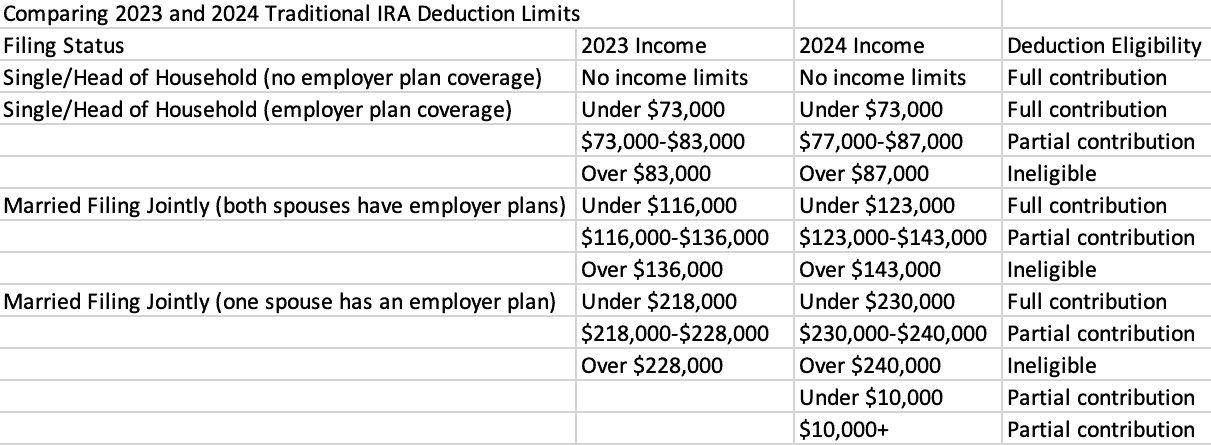Table of Contents
- 2024 401k and IRA Contribution Limits - Modern Wealth Management
- Maximum Tfsa Contribution For 2024 - Sher Emiline
- Here's the Latest 401k, IRA and Other Contribution Limits for 2024
- Maximum Tfsa Contribution For 2024 - Sher Emiline
- Tax Changes You Should Know for 2024: 401(k) Limits, Tax Brackets and ...
- IRS Released 401(k) and IRA Contribution Limits for 2024 - Buy Side ...
- New IRS Limits for 401k and IRA: Maximize Your Retirement Savings - YouTube
- TFSA Limit 2024: All about TFSA Contribution Limit for year 2024
- IRS Releases 401(k), IRA Contribution Limits For 2025 - CPA Practice ...
- What Is The Max Tfsa Contribution For 2024 - Ibby Randee



Introduction to 401(k) Plans



Historical 401(k) Contribution Limits



Catch-Up Contributions
In addition to the standard contribution limits, the IRS also allows for catch-up contributions for individuals aged 50 and above. These contributions, which were introduced in 2002, enable older workers to save more for their retirement. The catch-up contribution limit has also increased over the years, from $1,000 in 2002 to $6,500 in 2022.
Impact on Retirement Savings
The evolution of 401(k) contribution limits has had a significant impact on retirement savings in the United States. By allowing individuals to contribute more to their retirement accounts, the increased limits have enabled people to build larger nest eggs and better prepare for their golden years. According to DQYDJ, the average 401(k) balance has grown significantly over the years, with some individuals accumulating balances in excess of $1 million. In conclusion, the historical 401(k) limits have undergone significant changes since the plan's introduction in 1978. From the initial contribution limit of $1,500 to the projected limit of $22,500 in 2025, the increases have enabled individuals to save more for their retirement. As the contribution limits continue to evolve, it's essential for individuals to stay informed and take advantage of the opportunities available to them. By doing so, they can build a more secure financial future and enjoy a comfortable retirement.Source: DQYDJ
Note: The projected contribution limit for 2025 is based on historical trends and may be subject to change. It's essential to consult with a financial advisor or the IRS for the most up-to-date information on 401(k) contribution limits.